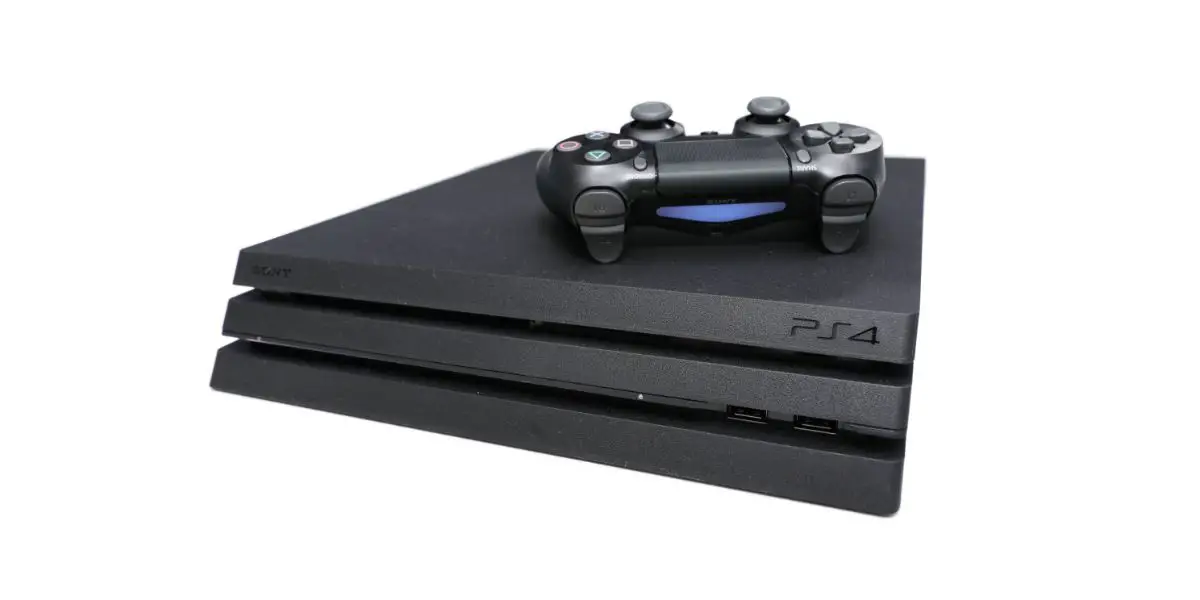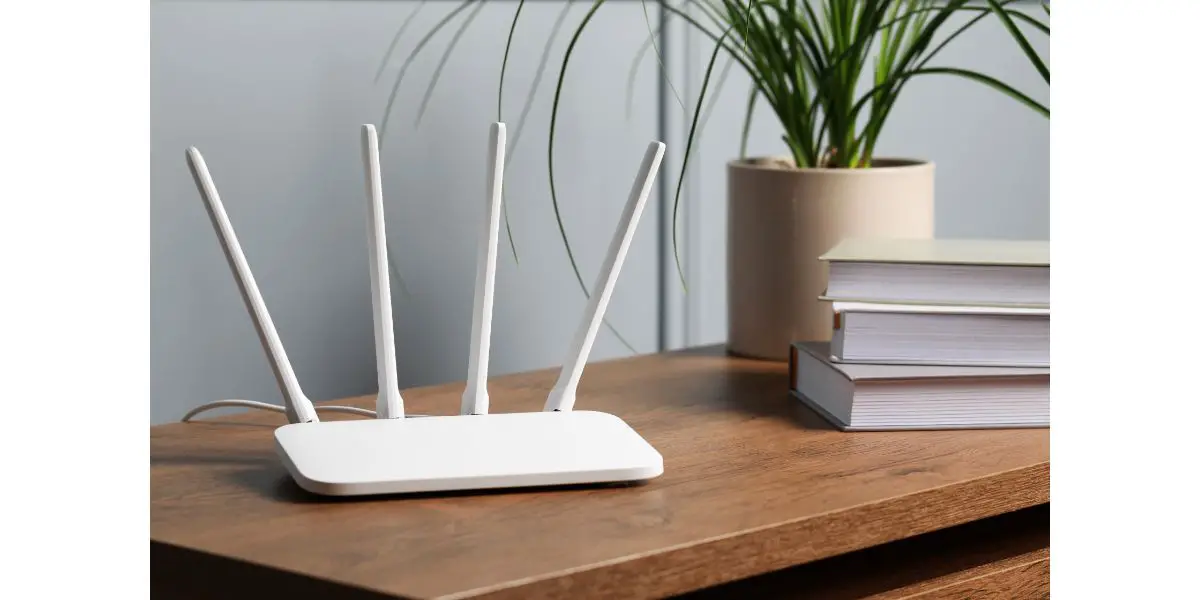Disclaimer: This post may contain affiliate links, meaning we get a small commission if you make a purchase through our links, at no cost to you. For more information, please visit our Disclaimer Page.
Where once you could enjoy everything a brand new PlayStation console had to offer, now you can hardly do anything without the PlayStation Network (PSN). This is why it’s incredibly frustrating when you get the NP-31905-8 error code after firing up the console and trying to sign in.
The NP-31950-8 error code means there is a network interruption, whether that’s the PlayStation Network timing out, a NAT or DNS issue, too much congestion on your network, or you just need to reset the router and your PS4.
Fortunately, we’re here to walk you through some of these troubleshooting fixes. Hopefully, it’s the simplest fix and not the most complicated solution, though we’ll cover them all and get you back to gaming on your PS4 in no time.
Table of Contents
How Can I Fix PS4 Error Code NP-31950-8? (5 Fixes)
1. Reset Your Router and PS4
We’ll start off with the simplest troubleshooting tip first and then get into the more difficult solutions next.
To properly reset everything, you need to do things in order, taking down the PS4 first, followed by the router, and bringing them back up in reverse order.
- Power down your PlayStation 4
- Unplug it from the wall and remove the ethernet (if applicable)
- Unplug the coax/fiber from the router
- Power down the router/gateway/modem
- Wait a few minutes
- Plug the coax/fiber back into the router/gateway/modem
- Plug the router/gateway/modem back into the power outlet
- Allow it to cycle completely back up
- Connect the router/gateway/modem to the PlayStation 4 via ethernet (if applicable)
- Plug the PS4 in and power it back up
If this resolves the PSN error code, you’re good to go and don’t have to do anything else.
2. Check the Status of the PlayStation Network
It might be that none of your equipment is doing anything wrong and the issue is entirely on the PlayStation Network. That’s why it’s a good idea to check the PSN and see if it’s down before you bother launching into anything too complicated.
This is quite literally the simplest solution in your arsenal of tricks and all you need to do is go to status.playstation.com.
You don’t have to jump through any hoops when you get there either. The very first screen that pops up provides you with a full breakdown of the PlayStation Network’s status.
This includes the network overall, account management, gaming and social, PlayStation video, the PlayStation Store, and PlayStation Direct.
3. Your Home Network May Be Taking On Too Much
Even a high-end gaming router has its limitations and so many devices can connect to it before the router or gateway simply can’t handle it anymore. Not only is congestion a problem, but you also have to deal with the fragility of WiFi, which could be affecting your PS4’s connection and network stability.
There are a lot of things that are capable of disrupting a WiFi signal, including walls, metal, wood, concrete, brick, and mortar. If there are any of those things between your router and PS4, you need to minimize the impact by moving either the router or your gaming setup for more of a line-of-sight situation.
If you can’t do that, you can always purchase a WiFi repeater or extender to broaden and maximize the range of your WiFi.
It’s also a good idea to practice preventative maintenance on your router and check in on it from time to time. That’s right, treat it like a child that misbehaves when you’re not looking.
Check the bottom or back side of your router to determine the URL, username, and password. Jump on a PC and go there.
Once you’ve accessed your router, you can determine if there are too many devices on your network and how certain devices are being handled.
A lot of times, we have a ton of devices connected to the network that is no longer in use or we no longer have. Delete these devices and clear up some of that congestion.
Also, a lot of routers and gateways will give you information on the connection status of the devices you have on your network, including a PlayStation 4.
The only problem is, a router may not be able to identify the device and it will say something along the lines of, “unknown device,” followed by the channel and band it connected to, along with connection strength.
The info is abundant. Take advantage of it and make whatever changes are necessary.
4. Change Your DNS Server
Well, that escalated quickly. Unfortunately, if a full-blown reset doesn’t do the trick, you have to get down to the nitty-gritty of the more complicated stuff. PlayStations normally automate this process, choosing the servers without your direct input.
However, there’s obviously a problem with the PlayStation 4’s way of doing things if you’re here and reading this right now. So, let’s dive right in.
- Go to the dashboard on your PS4
- Select and open ‘Settings’
- Select ‘Network’
- Select ‘Set Up Internet Connection’
- Choose your connection type (WiFi or LAN)
- Choose to do a ‘Custom’ setup
- Don’t change anything and keep moving until you reach ‘DNS Settings’
- Select ‘Manual’
- Google’s DNS servers are your best bet and all you need to do is input 8.8.8.8 for your Primary and 8.8.4.4 as your Secondary
- You can also use Cloudflare and Open DNS servers
- Cloudflare – 1.1.1.1 and 1.0.0.1
- Open DNS – 208.67.222.222 and 208.67.220.220
All you need to do is enter the primary and secondary, then complete the rest of the setup process without changing anything else. Now, see if the PS4 logs into the PSN network and you can sign in.
If it doesn’t work, repeat the entire above process all over again and try the second one, then the third. Hopefully, one of the above three will do the trick and you’ll be signed back in by the time you’re done reading this. If not, move on.
5. Set a Static IP
Your IP address (Internet Protocol) is like your home address and sometimes it’s helpful to keep things simple and, well, ‘static.’ Just like the DNS, you can manually configure this within your PS4’s settings.
- Go back to the ‘Settings’ menu on your PS4
- Select ‘Network’
- Select ‘Set Up Internet Connection’
- Select your connection type
- When you get to LAN, select ‘Custom’
- When you get to the IP Address, select ‘Manual’
- Input 192.168.0.(100 to 250 the choice is yours)
- 255.255.255.0 for your Subnet Mask
- 192.168.0.1 for your Default Gateway
- 8.8.8.8 for the Primary and 8.8.4.4 for your Secondary
The remaining settings can stay just like they are. Finish everything else up and back out of the Settings menu.
Go ahead and restart your PS4 and, once it powers back up, see if your connection to the PSN is solved without the NP-31905-8 error code.
If you find that the IP is blocked by PSN, check out our article here.
Final Thoughts
Hopefully, you don’t have to break down and do the final two solutions on our list. Nobody likes to mess around with IP addresses and DNS servers just to play a game or watch a streaming network.
Unfortunately, it might be your unlucky day. Regardless, the NP-31850-8 error code is fixable and one of the above five troubleshooting tips should set your PlayStation world back in order ASAP.


